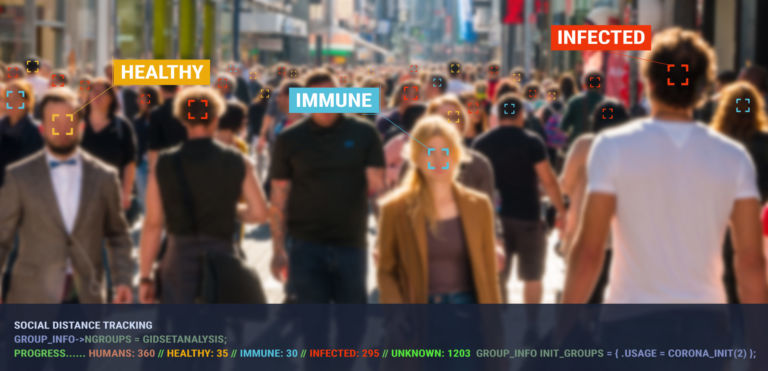In a live virtual event for STAT, CMS administrator Seema Verma affirmed her support for a post-COVID world where telehealth and telemedicine enjoy the same widespread usage as they are now during the pandemic. Casy Ross from STAT News writes,
President Trump’s top Medicare official said Tuesday that expanded access to telemedicine should continue after the coronavirus pandemic recedes and that officials are examining ways to act without waiting for legislation from Congress.
“I can’t imagine going back,” said Seema Verma, administrator of the Centers for Medicare and Medicaid Services, told STAT during a live virtual event. “People recognize the value of this, so it seems like it would not be a good thing to force our beneficiaries to go back to in-person visits.”
The comments were Verma’s most forcible remarks to date on the need to preserve access to telemedicine following the outbreak. During the past three months, virtual visits have increased more than 40-fold in some parts of the country.
However, in a possible headwind for telemedicine, Verma said the government must evaluate whether it should continue paying the same for virtual visits as for in-person care. Equalizing payment during the pandemic was one of the driving forces behind the telemedicine expansion.
Before the COVID-19 pandemic, telehealth use in Medicaid largely depended on the state’s own Medicaid policy, and Medicare only paid for telehealth in certain circumstances, such as a patient living in a rural area. As a response to COVID-19, governments rolled back senseless restrictions on telehealth, which bolstered the usage country-wide. CMS opened up the types of technology and the locations in which a patient could use telehealth technology, and states like North Carolina allowed doctors licensed in another state to treat patients in their state via telemedicine.
The coronavirus will change many things once considered normal. One of those things will be the increase of technology in health care. How we access health care and how health care professionals communicate with each other will likely look very different in the coming years. As a recent report co-written by myself and researchers from the Brookings Institution found, there are several barriers to more widespread telehealth adoption. While some of these barriers were addressed by executive orders issued by governors around the country, once the state of emergency is over in this country, many of these regulations will revert back to the way they were before. Lawmakers need to ensure these temporary waivers of telehealth restrictions are made permanent to continue to build on the progress the country has already made in advancing telehealth.


